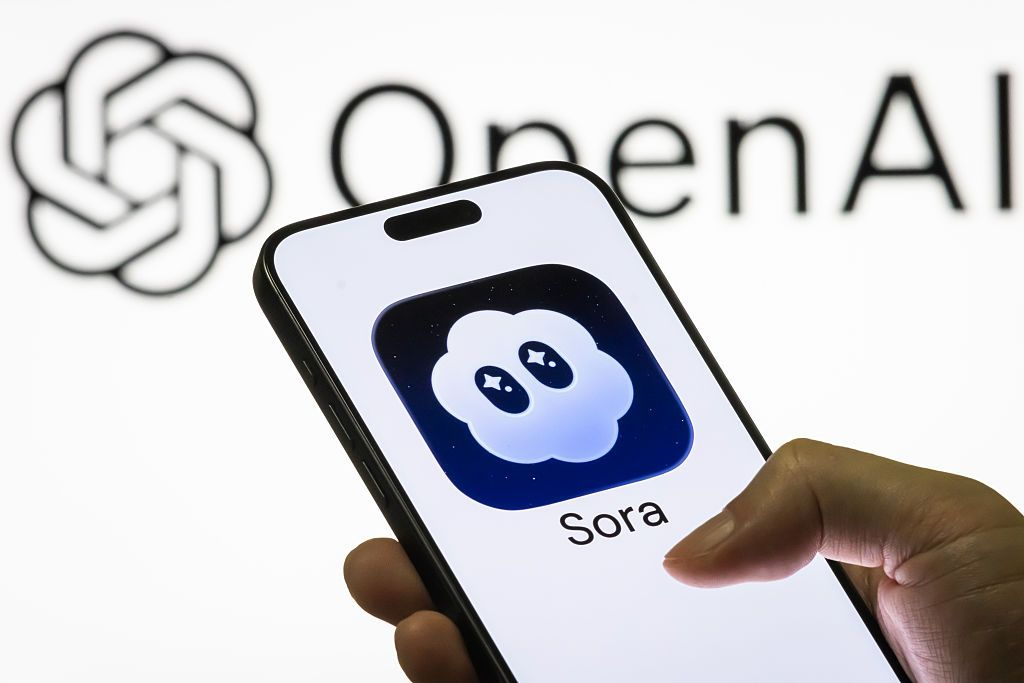OPENAI’S VIDEO APP SURGES TO NO. 1 ON APP STORE

Rapid climb and why users are flocking
An invite-only AI video app from OpenAI rocketed to the top of the U.S. App Store within days of launch, signaling intense consumer appetite for mobile-first generative video. The app lets users turn short prompts into stylized clips, tweak outputs with simple controls, and share to social platforms without desktop-grade editing. Its rise comes despite restricted access: downloads are open, but full creation tools require an invite, creating a sense of scarcity that fuels word-of-mouth. Early adopters say the interface abstracts away the jargon of “models” and “tokens,” replacing it with presets that ordinary users can grasp in minutes.
The climb also reflects a shift in where creative AI gets used. Until now, many video tools lived in the browser or demanded powerful laptops. By compressing inference and leaning on cloud processing, the app makes “tap-and-generate” a handheld experience. App store charts, developer community posts, and creator forums show an explosion of test clips—music teasers, micro-sketches, and travel montages—suggesting that social feeds will soon be saturated with AI-directed shorts. Competitors will likely respond with faster render queues, better rights controls, and partnerships with music libraries to avoid takedowns.

Generative video’s risks, and what to watch next
The speed of adoption revives long-running concerns. Watermarking remains inconsistent across platforms; creators and publishers worry about provenance when viral clips spread without labels. Educators and election monitors warn that lower barriers could amplify misleading edits or synthetic news footage. The app’s onboarding emphasizes acceptable use and automated screening, but the real test will be enforcement at scale. Rights management is another flashpoint: some users are already asking how the tool handles faces, brand assets, or copyrighted characters. Terms of service outline restrictions, yet edge cases—parody, fan art, news commentary—will challenge moderation systems.
For the industry, the benchmark is no longer “can AI do it,” but “can AI do it on a phone, fast, and safely.” Watch for three signals in the weeks ahead: first, whether waitlists shrink and rendering speeds hold under peak demand; second, if major social platforms adapt policies for AI-native uploads; third, how competitors integrate music licensing and creator payouts. If those pieces click, mobile video creation could resemble the leap photography made when editing moved from desktops to camera rolls—instant, playful, and everywhere.






















